A summary of decades of research on a rather ‘out-there’ idea involving viruses from space has recently been published, and it’s raising questions on just how scientific we can be when it comes to speculating on the history of life on Earth. This may sound weird and strange but its serious.
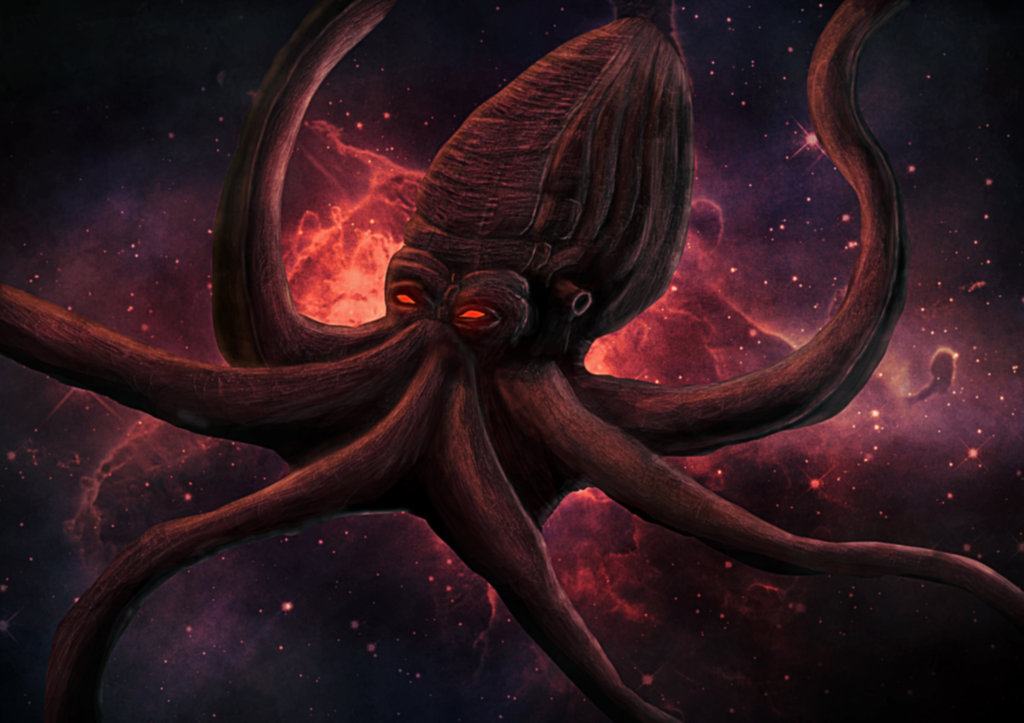
It’s easy to throw around words like crackpot, rogue, and maverick in describing the scientific fringe, but every now and then a paper like this comes along, leaving us blinking owlishly, unsure of where to even begin.

A total of 33 names are listed as authors on this review, which was published by Progress in Biophysics and Molecular Biology. The journal is peer reviewed and fairly well cited. So it’s not exactly small, or a niche pay-for-publish source.
Science writer Stephen Fleischfresser goes into depth on the background of two of the better known scientists involved: Edward Steele and Chandra Wickramasinghe. It’s well worth a read. For a tl;dr version, Steele is an immunologist who already has a fringe reputation for his views on evolution that relies on acquiring gene changes determined by the influence of the environment rather than random mutations, in what he calls meta-Lamarckism.
Wickramasinghe, on the other hand, has had a somewhat less controversial career, recognised for empirically confirming Sir Fred Hoyle’s hypothesis describing the production of complex carbon molecules on interstellar dust.
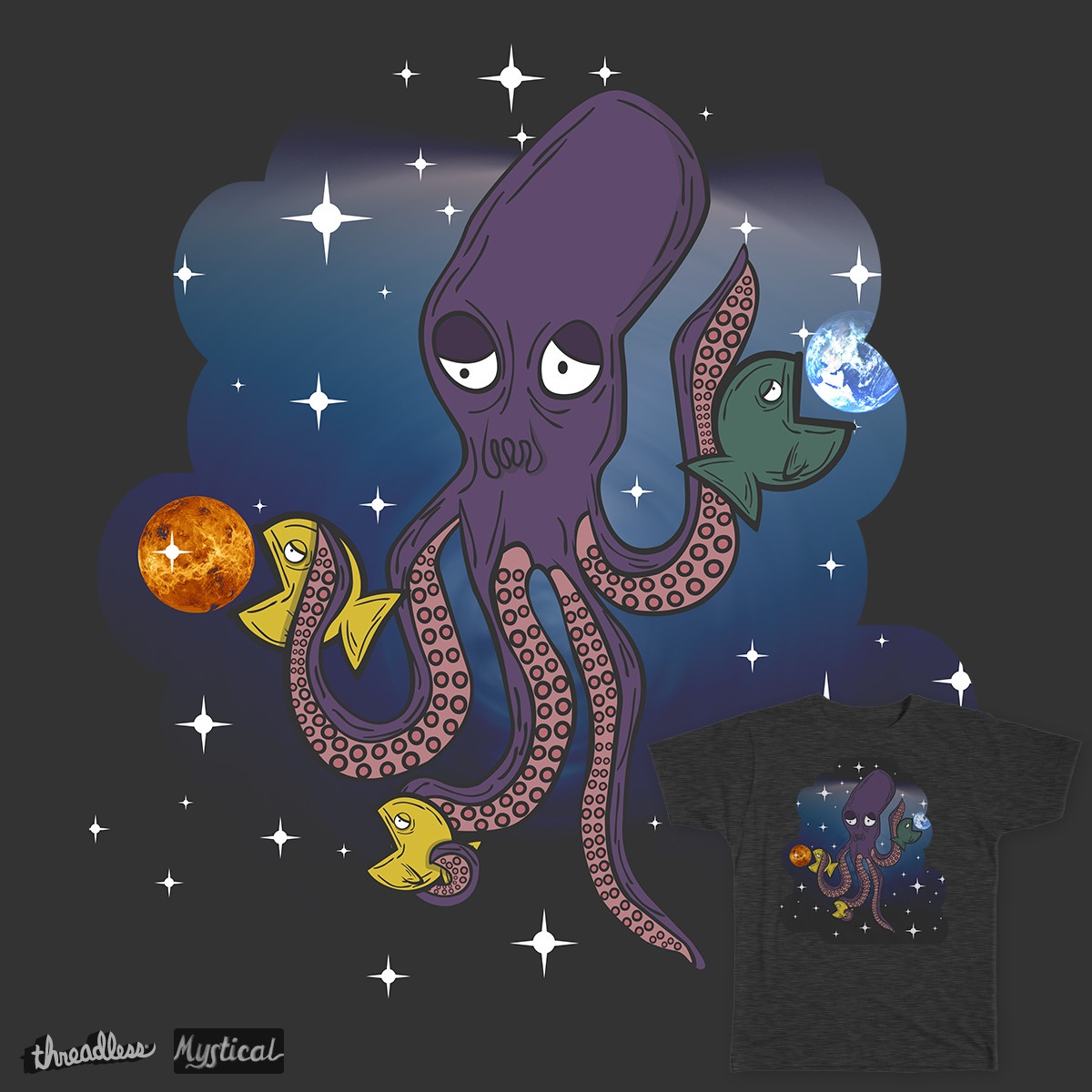
Wickramasinghe and Hoyle also happened to be responsible for another space biology thesis. Only this one is based on more than just the origins of organic chemistry. The Hoyle Wickramasinghe (H-W) thesis of Cometary (Cosmic) Biology makes the rather simple claim that the direction of evolution has been significantly affected by biochemistry that didn’t start on our planet.
In Wickramasinghe’s own words, “Comets are the carriers and distributors of life in the cosmos and life on Earth arose and developed as a result of cometary inputs.” Those inputs, Wickramasinghe argues, aren’t limited to a generous sprinkling of space-baked amino acids, either.
Rather, they include viruses that insert themselves into organisms, pushing their evolution into whole new directions. The report, titled “Cause of Cambrian Explosion – Terrestrial or Cosmic?”, pulls on existing research to conclude that a rain of extra-terrestrial retroviruses played a key role in the diversification of life in our oceans roughly half a billion years ago.
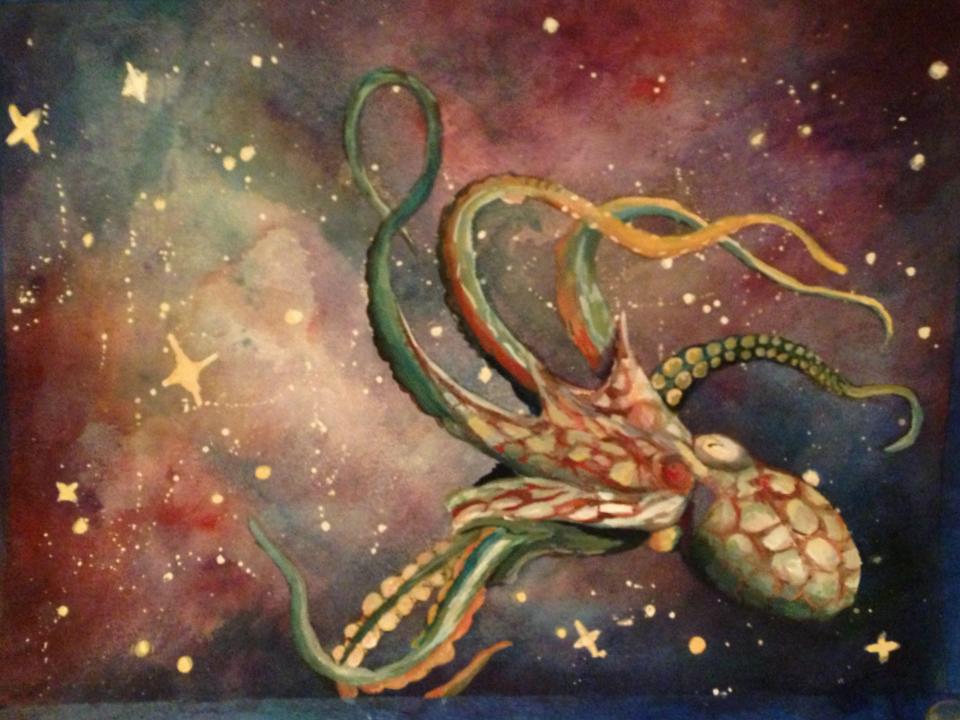
“Thus retroviruses and other viruses hypothesised to be liberated in cometary debris trails both can potentially add new DNA sequences to terrestrial genomes and drive further mutagenic change within somatic and germline genomes,” the authors write.
Let that sink in for a moment. And take a deep breath before continuing, because that was the tame part. It was during this period that a group of molluscs known as cephalopods first stretched out their tentacles from beneath their shells, branching into a stunning array of sizes and shapes in what seemed like a remarkably short time frame.
The genetics of these organisms, which today include octopuses, squid, and cuttlefish, are as weird as the animals themselves, due in part to their ability to their ability to edit their DNA on the fly.
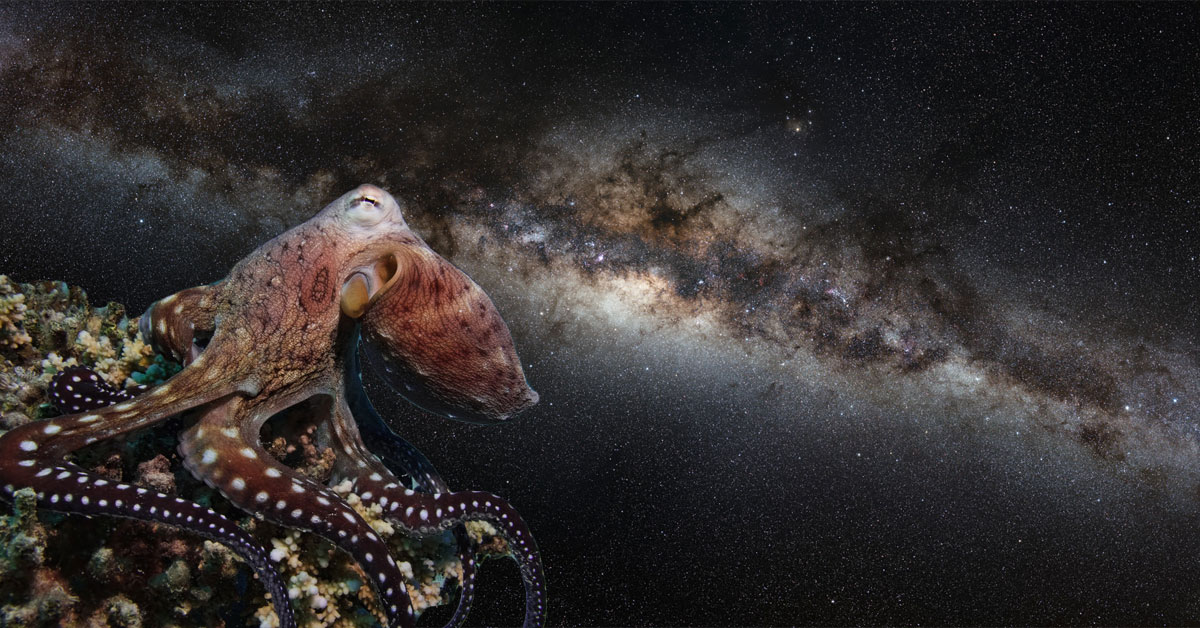
The authors of the paper make the rather audacious claim that these genetic oddities might be a sign of life from space. Not of space viruses this time, but the arrival of whole genomes frozen in stasis before thawing out in our tepid waters.
“Thus the possibility that cryopreserved squid and/or octopus eggs, arrived in icy bolides several hundred million years ago should not be discounted,” they write. In his review of the paper, medical researcher Keith Baverstock from the University of Eastern Finland, concedes that there’s a lot of evidence that plausibly aligns with the H-W thesis, such as the curious timeline of the appearance of viruses.
But that’s just not how science advances. “I believe this paper justifies scepticism of the scientific value of stand alone theories of the origin of life,” Baverstock argues. “The weight of plausible, but non-definitive, evidence, great though that might be, is not the point.”
While the idea is as novel and exciting as it is provocative, nothing in the summary helps us better understand the history of life on Earth any better than existing conjectures, adding little of value to our model of evolution. Still, with solid caveats in place, maybe science can cope with a generous dose of crazy every now and then.
Journal editor Denis Noble concedes that ‘further research is needed’, which is a bit of an understatement. But given the developments regarding space-based organic chemistry in recent years, there’s room for discussion.
“As space chemistry and biology grows in importance it is appropriate for a journal devoted to the interface between physics and biology to encourage the debates,” says Noble. “In the future, the ideas will surely become testable.”
Just in case those tests confirm speculations, we recommend being well prepared for the return of our cephalopod overlords. Who knows when they’ll want those eggs back? This research was published in Progress in Biophysics and Molecular Biology.

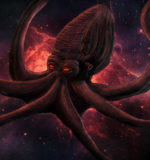
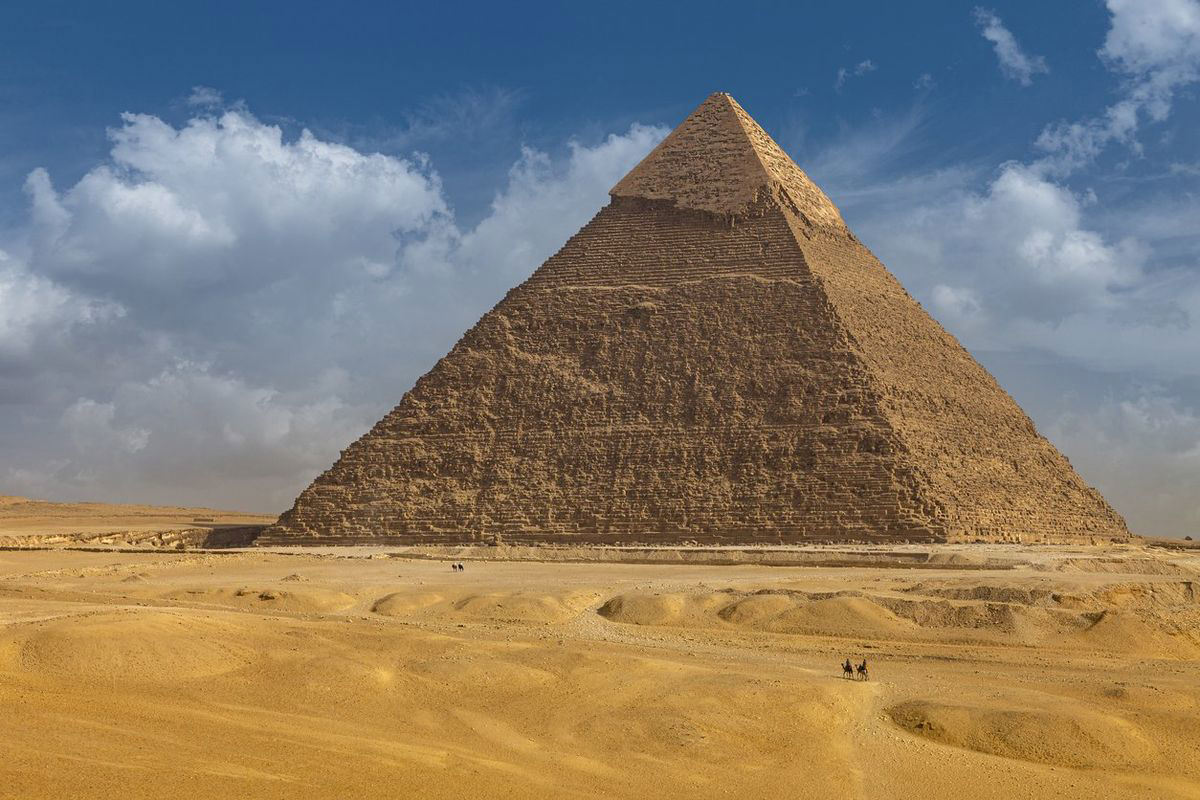
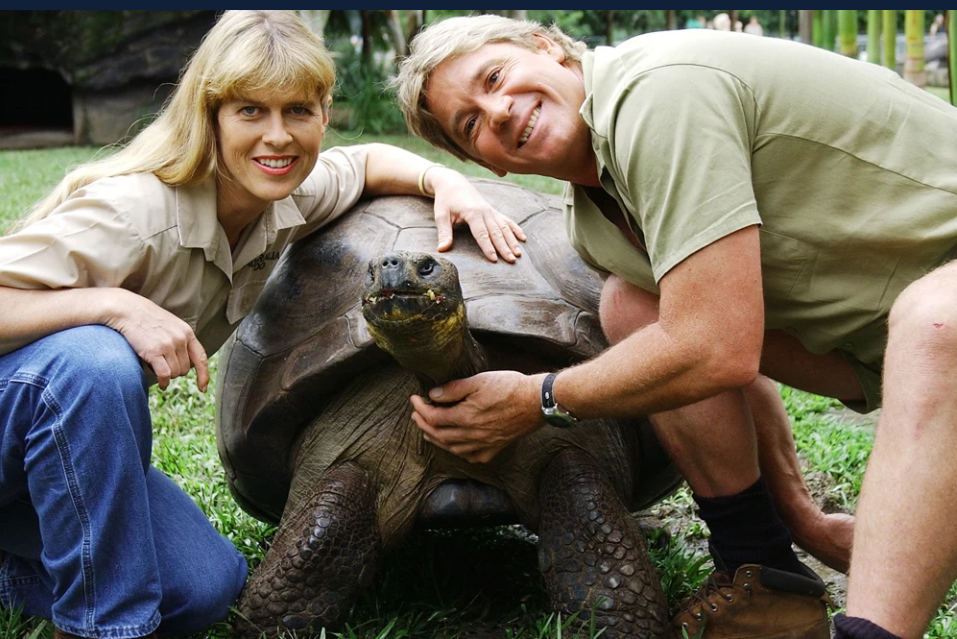
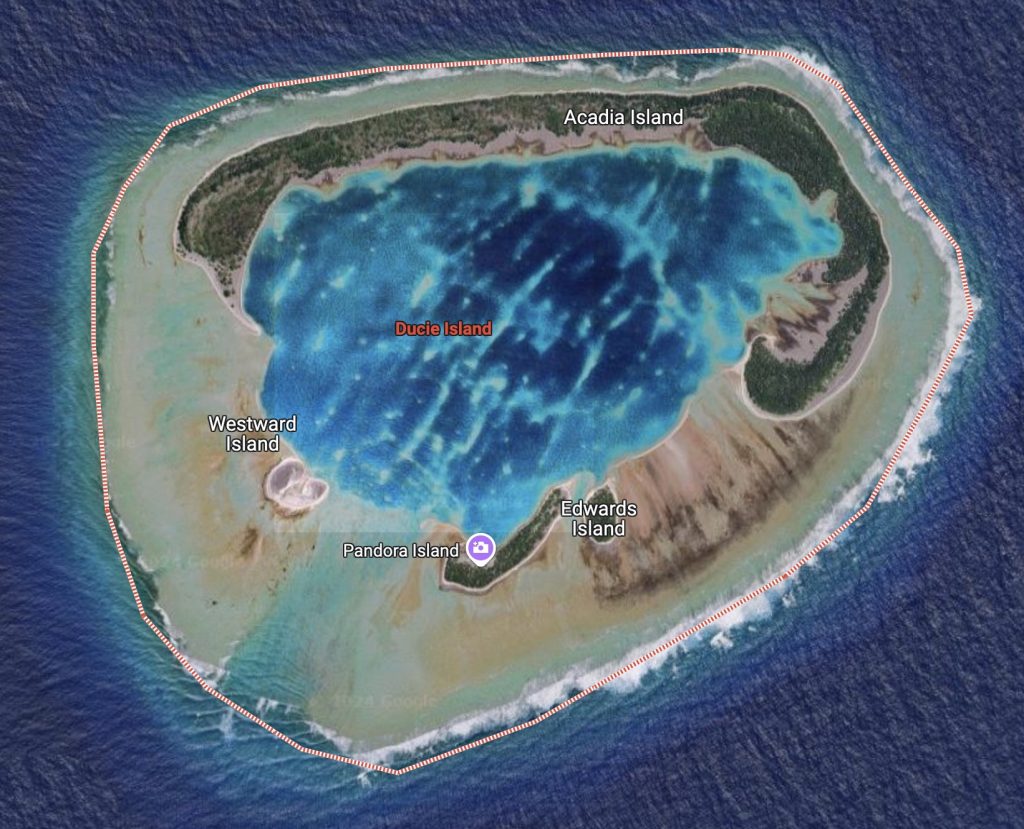
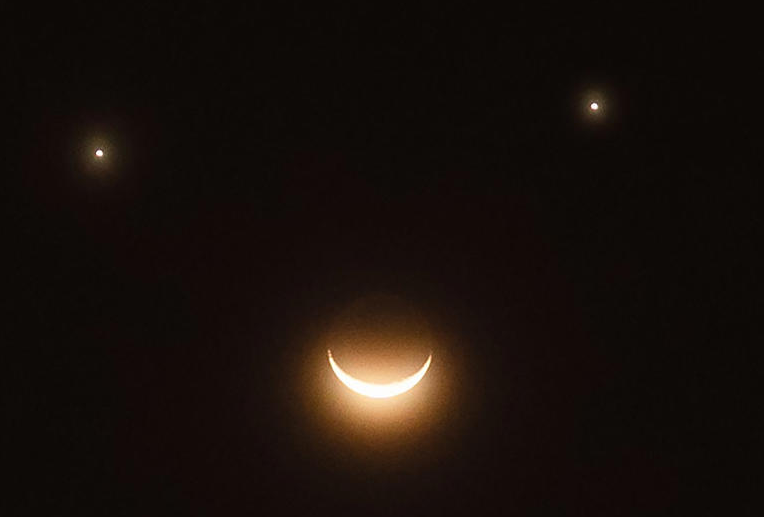

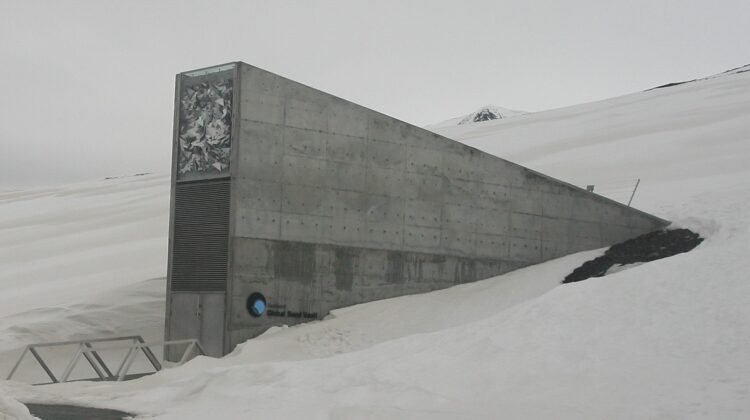
 Photographer Finds Locations Of 1960s Postcards To See How They Look Today, And The Difference Is Unbelievable
Photographer Finds Locations Of 1960s Postcards To See How They Look Today, And The Difference Is Unbelievable  Hij zet 3 IKEA kastjes tegen elkaar aan en maakt dit voor zijn vrouw…Wat een gaaf resultaat!!
Hij zet 3 IKEA kastjes tegen elkaar aan en maakt dit voor zijn vrouw…Wat een gaaf resultaat!!  Scientists Discover 512-Year-Old Shark, Which Would Be The Oldest Living Vertebrate On The Planet
Scientists Discover 512-Year-Old Shark, Which Would Be The Oldest Living Vertebrate On The Planet  Hus til salg er kun 22 kvadratmeter – men vent til du ser det indvendigt
Hus til salg er kun 22 kvadratmeter – men vent til du ser det indvendigt  Superknepet – så blir snuskiga ugnsformen som ny igen!
Superknepet – så blir snuskiga ugnsformen som ny igen!  Meteorite That Recently Fell in Somalia Turns Out to Contain Two Minerals Never Before Seen on Earth
Meteorite That Recently Fell in Somalia Turns Out to Contain Two Minerals Never Before Seen on Earth  Nearly Frozen Waves Captured On Camera By Nantucket Photographer
Nearly Frozen Waves Captured On Camera By Nantucket Photographer  It’s Official: Astronomers Have Discovered another Earth
It’s Official: Astronomers Have Discovered another Earth 